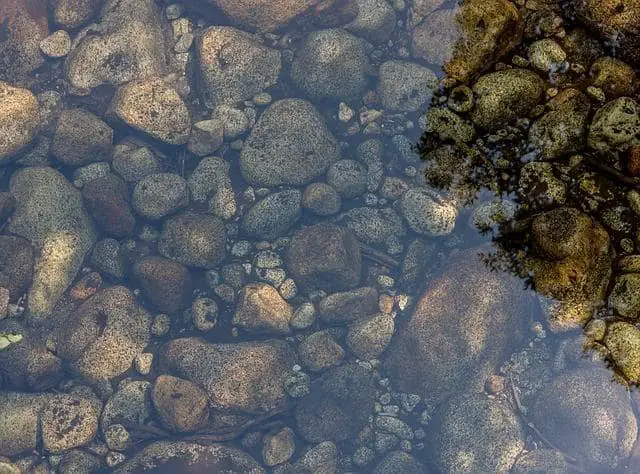What is Percolation? – Meaning, Processes, and Percolation rates (explained)
Compiled by Stanley Udegbunam || Nov 23, 2020
AFRILCATE
WHAT IS PERCOLATION?
Percolation is the downward movement of water through soil layers due to gravity and capillary forces.
Percolation is an important process required to replenish aquifers that hold groundwater in the saturation zone.
It is also a component of the water cycle.
Want to know more about aquifers?
See our comprehensive article: What is an Aquifer?
PERCOLATION PROCESS
Percolation is primarily controlled by gravitational forces.
Precipitations such as rainfall and snowmelts infiltrate the soil surface after which it percolates downwards through soil layers.
The water is able to move underground through the rock and soil profile due to the capillary actions of connected pore spaces.
During recharge, water percolates downwards into the zone of aeration.
The zone of aeration is where a mixture of water and air fills the pore spaces.
Water in the zone of aeration is called vadose water.
Below the zone of aeration is the zone of saturation, where the pore spaces are completely filled with groundwater.
The separation boundary between the zone of aeration and saturation is called the water table.
Percolation is very similar to water infiltration since they both involve the downward movement of water.
The rate of percolation is highest shortly after rain has infiltrated the soil surface and gradually decreases until the soil reaches its infiltration capacity.

WHAT IS PERCOLATION RATE?
Percolation rate is the speed at which that water moves through different soil layers.
In other words, it’s the rate at which percolation occurs, and it’s usually measured in inches per hour.
To measure the percolation rates of different soil samples, a percolation test is carried out.
The percolation rate of a given soil sample is affected by the porosity and permeability of the soil.
This means that water doesn’t percolate at the same rate through different soils.
Sandy soil is loose and has larger pores compared to the small pore spaces found in clayey soil.
Therefore percolation rate is faster in sandy soil as opposed to clayey soil due to capillary action.
Smaller pores offer greater resistance to gravity. Silty soils, including loam, have moderate percolation speeds.
Rice crops are planted in fields with still waters.
This is because rice crops can flourish in flooded soils, whereas many other plants will die.
Therefore flooding of rice paddies is an important way to control weeds in rice fields.
However, even rice plants can suffer yield loss or die if the water is too deep for a long time.
This explains why soils with a low water percolation rate will be the most suitable for growing rice crops because it will allow the field to be water-clogged for a much longer time.
Well, I guess we can consider this as a benefit of soils with poor percolation rates.

growing rice in flooded fields
You can use percolation rates to make various soil/plant selection and management decisions for your gardens.
PERCOLATION TANKS
Percolation is required for artificial groundwater recharge.
Artificial groundwater recharge is the process of increasing the amount of water that enters an aquifer through planned, human-controlled means.
It is required to augment the groundwater resources and to store surplus surface water, particularly during the flood periods for future purposes.
Percolation tanks are popular structures used for groundwater recharge.
These are generally constructed across streams and submerges a land area in order to impound a part of the surface or run-off water.
The idea size of the percolation tank must be governed by its capacity of strata in tank bed.
Usually, percolation tanks are designed for storage capacities of 0.1 to 0.5 MCM and a ponded water column should be generally between 3 & 4.5m.

Percolation tank in Satara district in Maharashtra, India.
DO YOU KNOW?
There are 4 different underground units that contribute to the formation of groundwater.
They are: Aquifers, Aquitard, Aquiclude, and Aquifuge.
DO YOU KNOW?
There are 4 different underground units that contribute to the formation of groundwater. They are:
Aquifers, Aquitard, Aquiclude, and Aquifuge.

